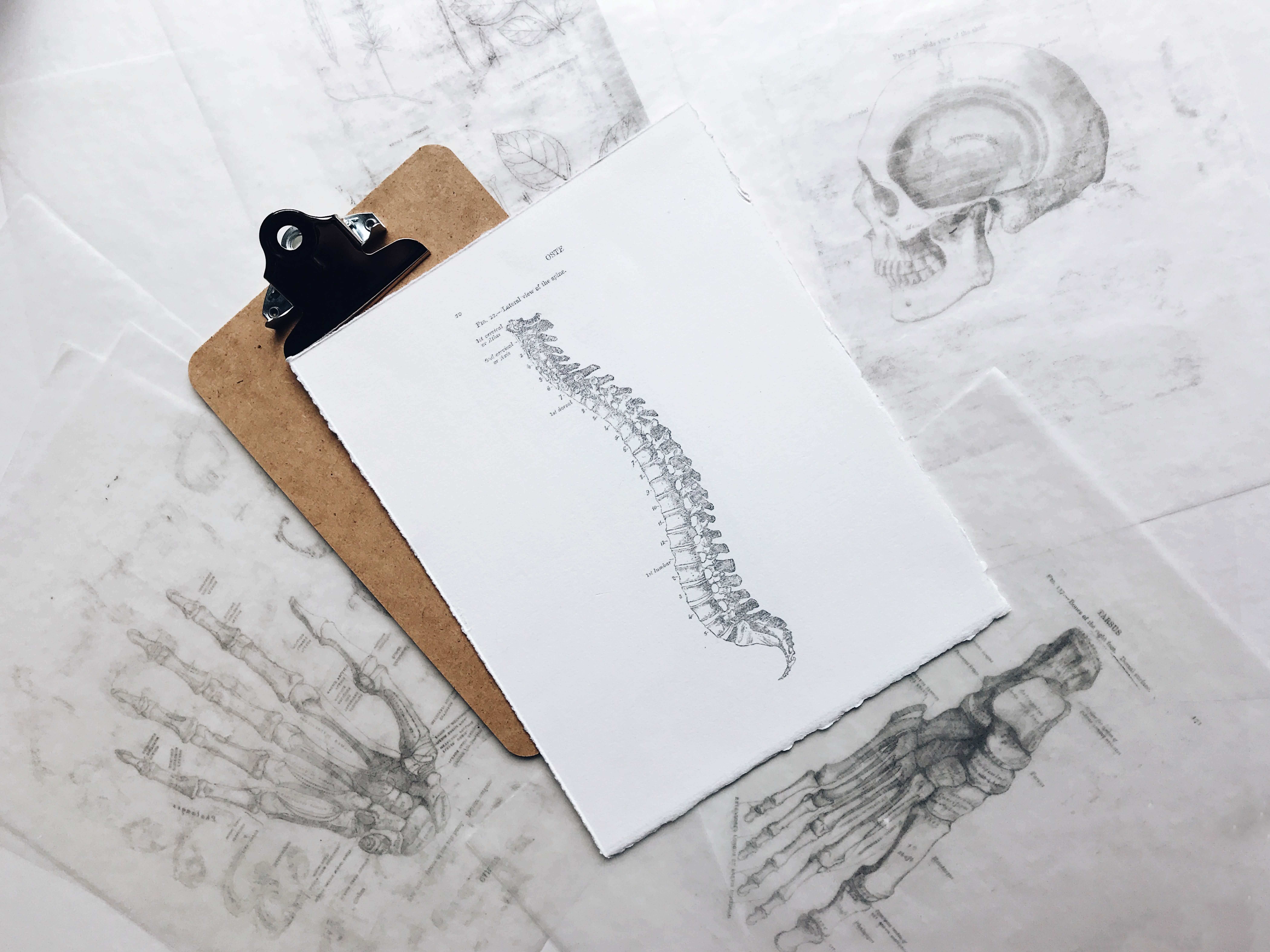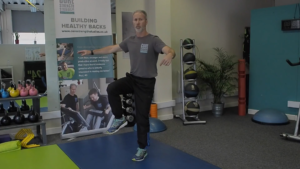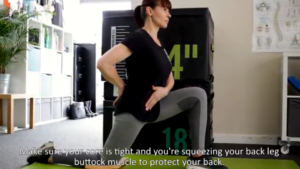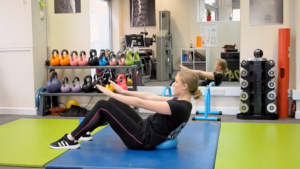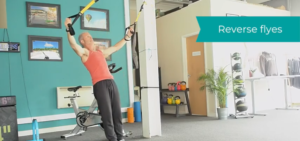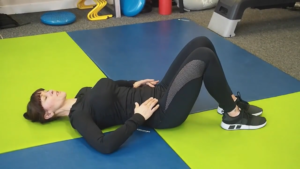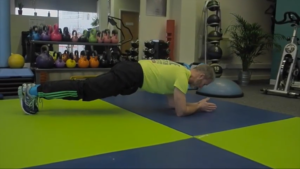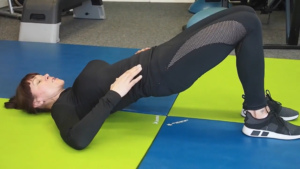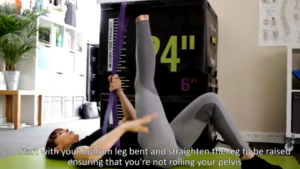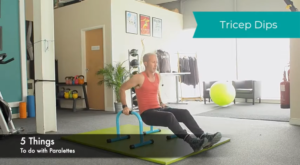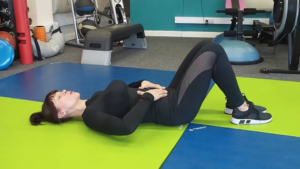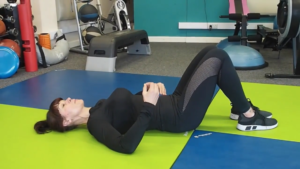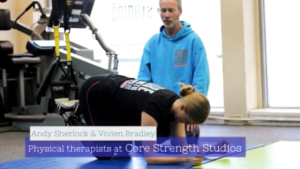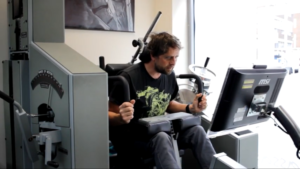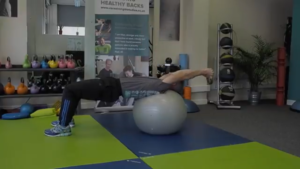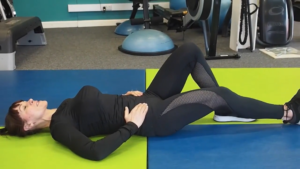Facet joints are the bony protrusions at the back of the spine which join the vertebrae together. They are the joints that make your back flexible and allow you to bend and twist.
The joints are lined with cartilage and lubricated by a substance called synovial fluid. When healthy, the bones move freely over each other without grinding.
Nerves pass through the joints from the spinal cord to on their way to the rest of the body.
Degenerative changes in the discs and subsequent thinning of discs can cause pressure on the facet joints, affecting how the joints line up. This added pressure causes wear and tear which eventually destroys the cartilage and fluid in the joint and causes the soft tissue surrounding the joint to swell.
As a result of this damage, the bones rub together. When this happens, the body tries to heal itself by building new bone which results in the formation of bone spurs, growths which protrude from the bone and can press on the nerves which pass through the joint.
There is an added risk that these bone spurs continue to grow and narrow the spinal canal.
When suffering from facet joint syndrome, movements such as bending backwards or twisting sideways towards the affected joint will cause pain.
Standing for long periods may make it worse and anything which takes the weight off the joint such as sitting or lying down can ease the pain.
Symptoms
Unpredictable pain, possibly scattered over a few months
Soreness when pressing on the area where pain is felt
Pain when leaning backwards
Pain when sitting for long periods
Causes/Contributing Factors
Wear and tear
The most common cause of facet joint syndrome is general wear and tear as part of the ageing process, resulting in a thinning of the cartilage between the joints.
Posture
Abnormal posture can place additional pressure on the facet joints, resulting in inflammation and pain.
Injury
When there has been a trauma, particularly a whiplash injury, the facet joints can become torn away from each other. This can damage the cartilage, as well as causing associated muscle stiffness and pain. In extreme cases, the facet joint can become dislocated.
If you think you may have Facet Joint Syndrome, strengthening the muscles in the back and core can help alleviate the pain and prevent future problems.
To speak to a back pain specialist about treatment, claim your complimentary ‘reduce back pain’ consultation, where you can discuss your back pain and receive advice on safe treatment for Facet Joint Syndrome.
To claim, enter your details below and we’ll be in touch to arrange your session.
Speak to a specialist
Complete the form below for a complimentary telephone consultation with one of our back specialists.
Request a sports massage
featured

What is a Slipped Disc?
The intervertebral discs are made up of a tough outer shell (Annulus Fibrosus) and a soft-jelly like substance (Nucleus Pulposus) contained within it. These discs separate the bones of the spine (the vertebrae) and act as shock absorbers, protecting the bones from things like lifting, twisting and impact. When the outer shell becomes weak or ...
Reading Time: 2 minutes >
What is Sciatica?
With the approximate thickness of a pencil and running from the low back down to the feet, the sciatic nerve is the longest nerve in the body. It originates in the lumbar (lower) and sacral (at the base) regions of the spine, travels through the muscles in the buttocks, branches out down the leg and ...
Reading Time: 3 minutes >
Anatomy of the Back
How is The Back Made Up? Your spinal column provides support for your body. Without it, you wouldn’t be able to stand upright, bend or twist. Vertebrae Your spine consists of 33 bones (your vertebrae) linking your skull and pelvis. Each vertebra has 3 main components; 1. The vertebral body at the back of the ...
Reading Time: 3 minutes >
